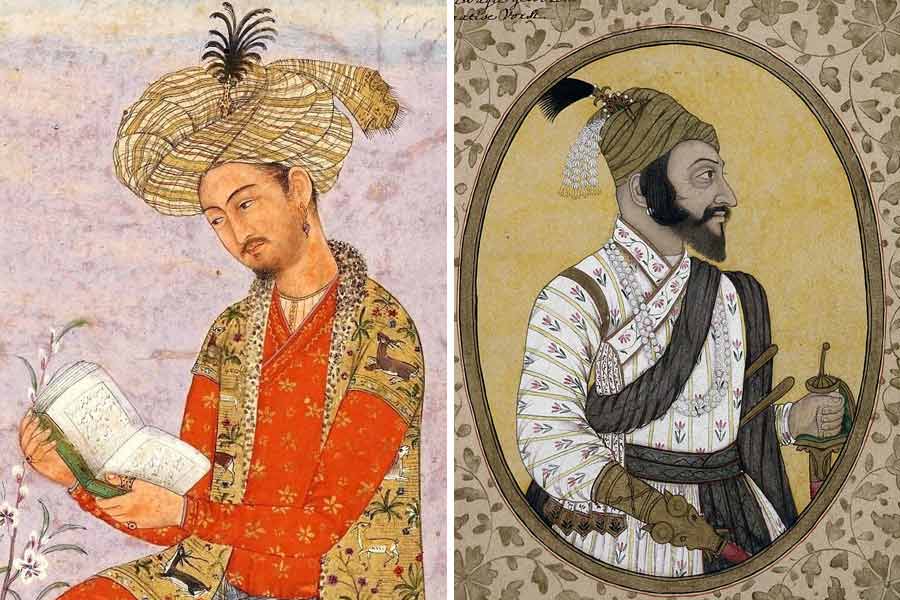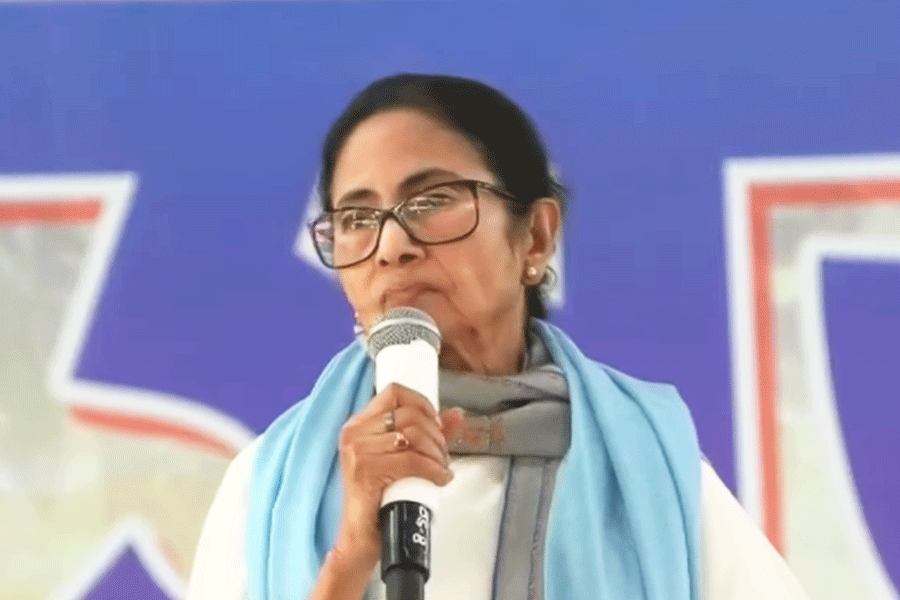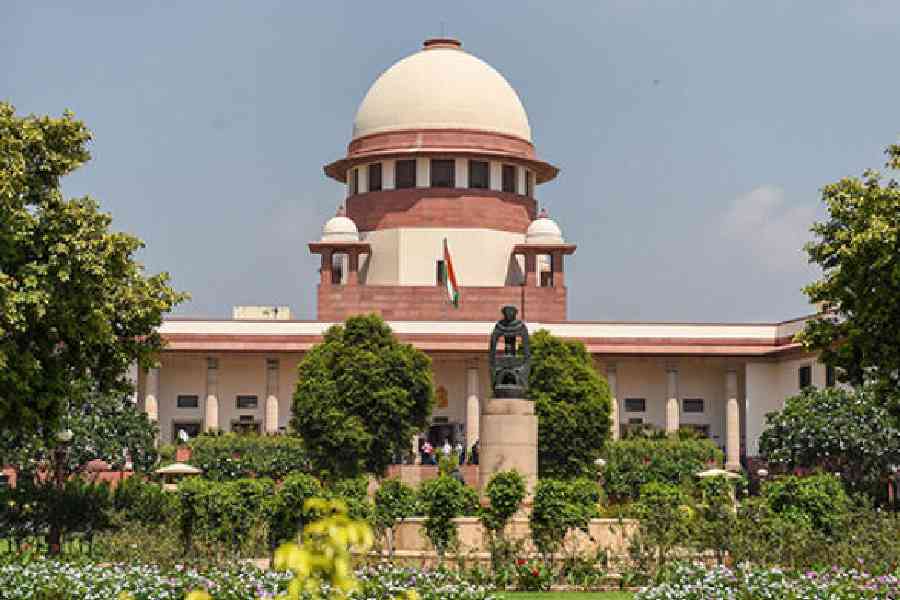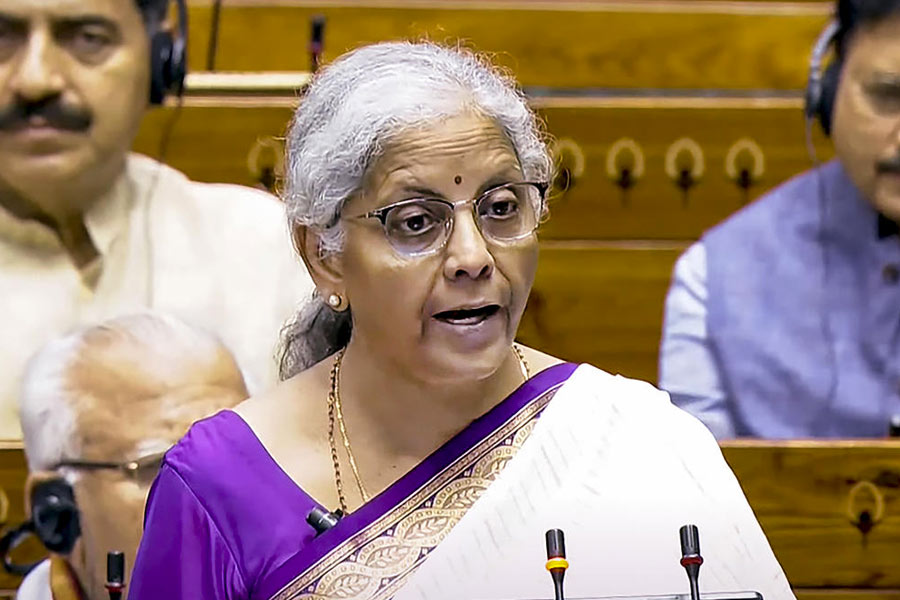From “brutal and ruthless conqueror” Babur, to a “blend of brutality and tolerance” Akbar, to temple-destroyer Aurangzeb, the new Class 8 Social Science textbook released by NCERT this week makes it clear: history, as taught in Indian schools, is changing under the Narendra Modi-led BJP government.
The chapter ‘Reshaping India’s Political Map’ in Exploring Society: India and Beyond (Part 1) marks a sharp departure from previous textbooks. It introduces students to the Delhi Sultanate, the Mughals, the Marathas and resistance movements, but with a tone and content that critics say reflect ideological shifts pushed by those in power.
The new textbook is the first to cover this period in Class 8, following the National Curriculum Framework for School Education (NCF-SE) 2023 and the NEP 2020.
What makes this edition stand out is the emphasis on “religious intolerance” and “brutality” during Muslim rule — content that was absent or subdued in earlier NCERT textbooks, reported The Indian Express.
Babur, the first Mughal emperor, is described as “a brutal and ruthless conqueror, slaughtering entire populations of cities, enslaving women and children, and taking pride in erecting ‘towers of skulls’ made from the slaughtered people of plundered cities.”
In the old Class 7 book, Babur was described as having seized Kabul and later Delhi and Agra after being forced to leave his ancestral throne.
On Akbar, the book notes that while he became known for his policies of religious tolerance later, his earlier campaigns included the massacre of “some 30,000 civilians” during his attack on the Rajput fort of Chittorgarh.
It quotes from a message of victory sent by Akbar: “We have succeeded in occupying a number of forts and towns belonging to the infidels and have established Islam there. With the help of our bloodthirsty sword, we have erased the signs of infidelity from their minds and have destroyed temples in those places and also all over Hindustan.”
The book also says “non-Muslims were kept in a minority in the higher echelons of the administration.”
On Aurangzeb, the book presents both arguments, political motives and personal religious bias, but firmly concludes that “his farmans (edicts) make his personal religious motive clear too.”
It documents his orders to demolish temples and schools, including temples at Banaras, Mathura, Somnath, and several Jain and Sikh sites.
The Delhi Sultanate period is portrayed as a time of “political instability and military campaigns” where “villages and cities [were] plundered and temples and seats of learning destroyed.”
The book claims “numerous attacks on sacred or revered images in Buddhist, Jain and Hindu temples; such destruction was motivated not just by plunder but also by iconoclasm.”
Alauddin Khilji’s general Malik Kafur is named for attacking “a number of Hindu centres such as Srirangam, Madurai, Chidambaram, and possibly Rameswaram.”
On jiziya, a tax historically imposed on non-Muslims, the book claims it was “a source of public humiliation and formed a financial and social incentive for subjects to convert to Islam.”
The earlier version had described jiziya in neutral terms as a tax paid by non-Muslims, initially with land tax, later as a separate one.
The textbook follows these sections with a note: “Some of the invaders and rulers mentioned above committed terrible deeds and atrocities,” but adds, “we, today, bear no responsibility for actions of individuals hundreds of years ago.”
On Shivaji, the book refers to him as a “master strategist and a true visionary,” adding that “he respected other religions while upholding his own” and “rebuilt desecrated temples.”
The previous version of the book had only mentioned that Shivaji laid the foundation of a strong Maratha state and built an efficient administrative system.
“The events…(and many more) did happen and left their mark on Indian history; the rationale for including them has been explained in the ‘Note on Some Darker Periods in History’. The historical account given, while it does not sanitise history, is balanced and entirely evidence-based,” the NCERT has said.
NCERT added: “It is important to note that the new textbooks are expected to reflect the NEP 2020 and the NCF-SE 2023; they are based not only on a wholly new approach but also on a new syllabus, a new design and new pedagogical tools. Any comparison with the old syllabus and textbooks is therefore fruitless.”
Union minister of State B.L. Verma backed the new textbook: “Mughals ruled us for long. The next generation should learn about it. We should accept the trust. The next generation should study what all happened.”
Prof Mohammad Suleman, founding member of the All India Muslim Personal Law Board (AIMPLB) called it an exercise in distortion: “Those in power, regardless of organization or ideology, are distorting history. It is well known and no secret. A country or society can only progress when history is viewed in its true context. Unfortunately, in our democratic setup, it is disheartening that those in power are rewriting history with distortions.”
This is the latest step in a series of textbook changes carried out by the Modi government since 2017. That year, NCERT revised 182 textbooks with 1,334 changes. adding references to central government schemes and policies, ancient Indian knowledge systems, and figures deemed “nationalist icons.”
In 2022-23, NCERT cited pandemic-related academic stress to justify another wave of textbook “rationalisation.” This time, entire chapters on the Mughals, such as those covering Humayun’s achievements, were removed. Descriptions of Mughal-era administration, architecture, and cultural contributions were reduced or erased. Also removed were references to the 2002 Gujarat riots and Mahatma Gandhi’s assassination involving the RSS.










